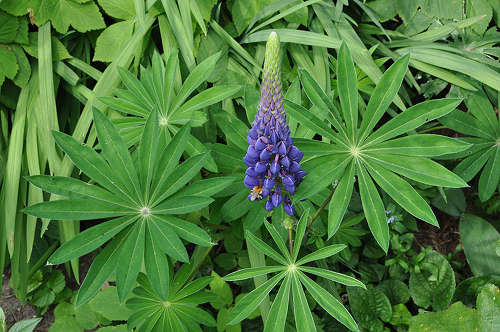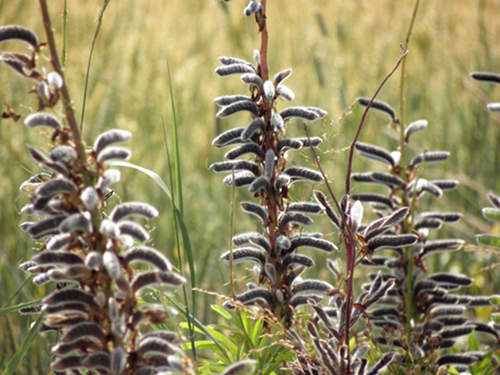
Welcome to this week’s edition of the a-z of plants that have it in for horses. Today’s plant is one that many people may not recognize, which is good for your horses. However, Lupine is a dangerous beauty & it should be noted.
A Little About Lupine
Lupinus perennis is also called Lupin, Bluebonnet & Quaker-Bonnets. This is a perennial plant with alternate leaves with hairy segments. Flowers are blue, purple, white, magenta or dual colored. Fruit grows in fuzzy, pea-like pods.
How Dangerous Is It?
This plant is especially unpalatable & not especially common in grazing areas, it is generally only a concern during drought conditions. Lupine containsa d-lupanine alkaloid which affects the nervous system.
All parts of this plant (especially the pods & seeds) are toxic & can be fatal to equines.

What To Look For
You know your animal the best, so you should know when something is amiss. Lupine toxicity symptoms cccur within an hour to a day of ingestion & include trouble breathing, changes in behavior, tremors, nervousness, depression, loss of coordination, birth defects & coma.
Learn More
Be sure to check out the Lupine page to learn more about the plant & while you are at it why not check out more toxic plants?
*It should be noted that we’re not veterinarians. This information is written specifically for horses & should be used for reference purposes only. If you think your horse has eaten something toxic call your vet right away.
